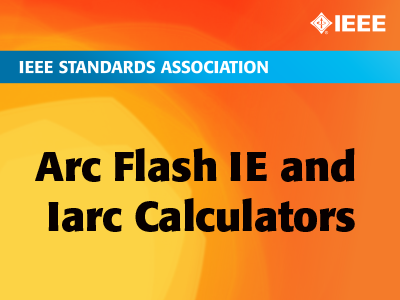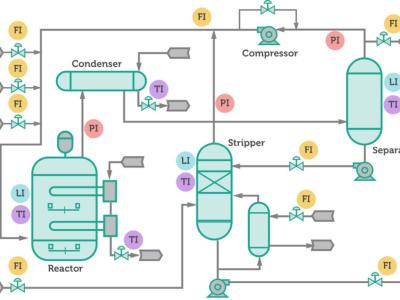Numerical Analysis of nonequatorial space elevator

- Citation Author(s):
-
Shuonan Dong (Tohoku University)Taiki Okada (Tohoku University)
- Submitted by:
- Ryo Kuzuno
- Last updated:
- DOI:
- 10.21227/80jq-kb94
- Data Format:
 31 views
31 views
- Categories:
- Keywords:
Abstract
A space elevator is a futuristic space transportation technology that enables low-cost and versatile payload transportation using climbers on a tether deployed from the geostationary orbit (GEO). In particular, a nonequatorial space elevator, which contains an anchor in a region with latitudes on the Earth, has recently attracted attention. It has several advantages, such as extending the construction range and avoiding collisions with spacecraft in the GEO. Prior research has focused on rigid-body or spring-mass models with low fidelity. This paper proposes a modeling method for nonequatorial space elevators using a nodal-position finite element method (NPFEM) extended to a rotational coordinate system. The NPFEM is a three-dimensional finite element method that considers geometric nonlinearity. Conventional NPFEMs have only been formulated using inertial coordinate systems. This paper proposes a method to formulate the NPFEM in a noninertial coordinate system and derive the inertial forces and Jacobian matrices. In addition, a three-dimensional analysis of a nonequatorial space elevator was performed based on the proposed method. After determining the equilibrium position of the NPFEM, the dynamic response of the tether during climber ascent was analyzed. Moreover, parametric studies were conducted by varying several properties of the nonequatorial space elevator. Furthermore, the energy exchange between the components was analyzed to validate the proposed method and to discuss the energy perspective of the space elevator. The results revealed that the proposed nonequatorial space elevator model experienced a more tensioned equilibrium and exhibited a more significant dynamic response than conventional models.
Instructions:
These data are analysis results of a nonequatorial space elevator in Nodal Position Finite Element Method (NPFEM) proposed by Zhu[1] in 2010.
It analyzes the tether dynamics when a climber ascends with various parameters (Data No.1-6).
Each data contains generalized coordinates vectors at each time. The generalized coordinates vector q of NPFEM includes absolute nodal positions of each element.
Hence, these data could display equilibrium as an initial position. We also could compute the energy of the nonequatorial space elevator system from the generalized coordinate vectors.
Uploaded data also contains the cross-sectional area (Data No.7-10). They were used as parameters.
We also compared Data No.11 with the conventional model [2].
[1] Z. H. Zhu, “Dynamic modeling of cable system using a new nodal position finite element method,” Int. J. Numer. Method. Biomed. Eng., vol. 26, no. 6, pp. 692–704, Jun. 2010, DOI: 10.1002/cnm.1161.
[2] Z. Wang et al., “Modal and dynamic analysis of a tether for a nonequatorial space elevator,” IEEE Access, vol. 6, pp. 74940–74952, Nov. 2018, DOI: 10.1109/ACCESS.2018.2883363.
Dataset Files
- 1. Nonequatorial space elevator dynamics in NPFEM (Contained generalized coordinates vectors & energy at each time) (Size: 15 MB)
- 2.Comparative data on climber velocity with 1 (This data: 50 m/s (Size: 11.61 MB)
- 211113_041107_lat20_climber_5t_100s_GEO1e+06_dt1sRK_N_ab2.mat (Size: 15.16 MB)
- 3.Comparison of climber mass (This data: 5.0 × 10^3 kg (Size: 11.1 MB)
- 211201_081627_lat15_climber_1t_100s_GEO1e+06_dt1sRK_N_ab2.mat (Size: 14.92 MB)
- 4.Comparison of acceleration period ratio to constant ascending period (This data: 0.01 (Size: 8.42 MB)
- NSE_RBM_statics_lat0_20GPa_N100_A1mm2.mat (Size: 16.41 KB)
- 5.Comparison of anchor latitude (This data: 15deg (Size: 26.73 KB)
- NSE_RBM_statics_lat20_20GPa_N100_A1mm2.mat (Size: 31.19 KB)
- 6.Comparison of anchor latitude (This data: 0deg (Size: 124.48 KB)
- 210929~1.MAT (Size: 11.11 MB)







